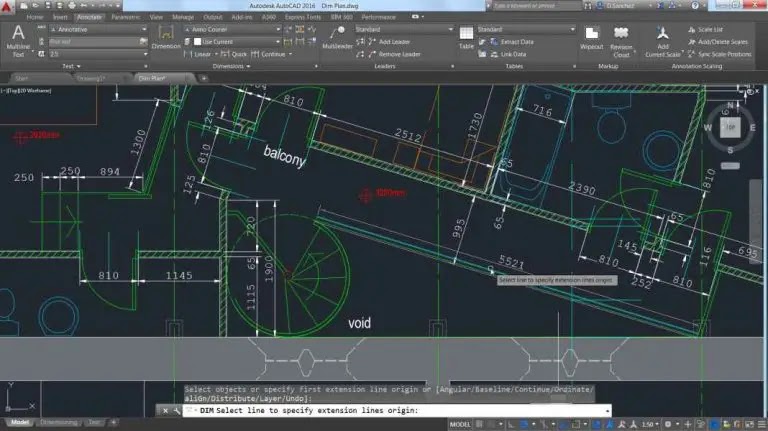

Remember though, desktops are way more powerful than laptops. GPU should be a dedicated chip with 2GB of memory (3D modelling, go with NVidia if you want to use CUDA) Get at least 8GB of RAM (16GB is better but usually an expensive option with laptops)ĬPU should be an Intel Core i7 (3D modelling) Get an SSD with at least 500GB, if it's your only HDD (PCIe is better than SATA) Don't run Windows exclusively on a Mac laptop! That doesn't make any sense. :DĪgain, if you like Windows, get a Windows laptop. I once worked at an architecture firm, where some people ran Revit in Bootcamp on MacBook Airs (decent machine with no "real" GPU). However, the Thinkpads are slightly cheaper.Įvery decent laptop can run Revit and Adobe CS fluently though. There aren't many differences in terms of the hardware, and thus the performance. The best work laptops are probably Apple's MacBook Pro and Lenovo Thinkpad Line. That said, if the OP is only running windows, he should probably get a good Windows laptop. My MacBook has energy for about 5 hours when performing light tasks. Here also, the battery only last for 3 hours whilst browsing and note taking at university. Now he has an HP laptop which runs pretty good, but there is no real difference in terms of heat, between it and my macbook pro. He had to cool it with an external laptop fan in order to keep it running, but it died after 2.5 years nevertheless. Sure they get hot, when doing complicated tasks (huge CAD plans, high res animation renderings, gaming, etc.), but so does every laptop.Ī friend of mine had a Samsung laptop, when we started studying architecture three years ago. Furthermore, they don't really overheat! The aluminium body dissipates the heat from the hardware pretty well. Sure they are pretty expensive, but they also last for at least 3 to 4 years without any trouble in most cases and have a good resale value. Macs are PCs too!Īpart from looking good, macbook pros are very reliable and powerful. "PC" stands for "personal computer", not windows computer.


 0 kommentar(er)
0 kommentar(er)
